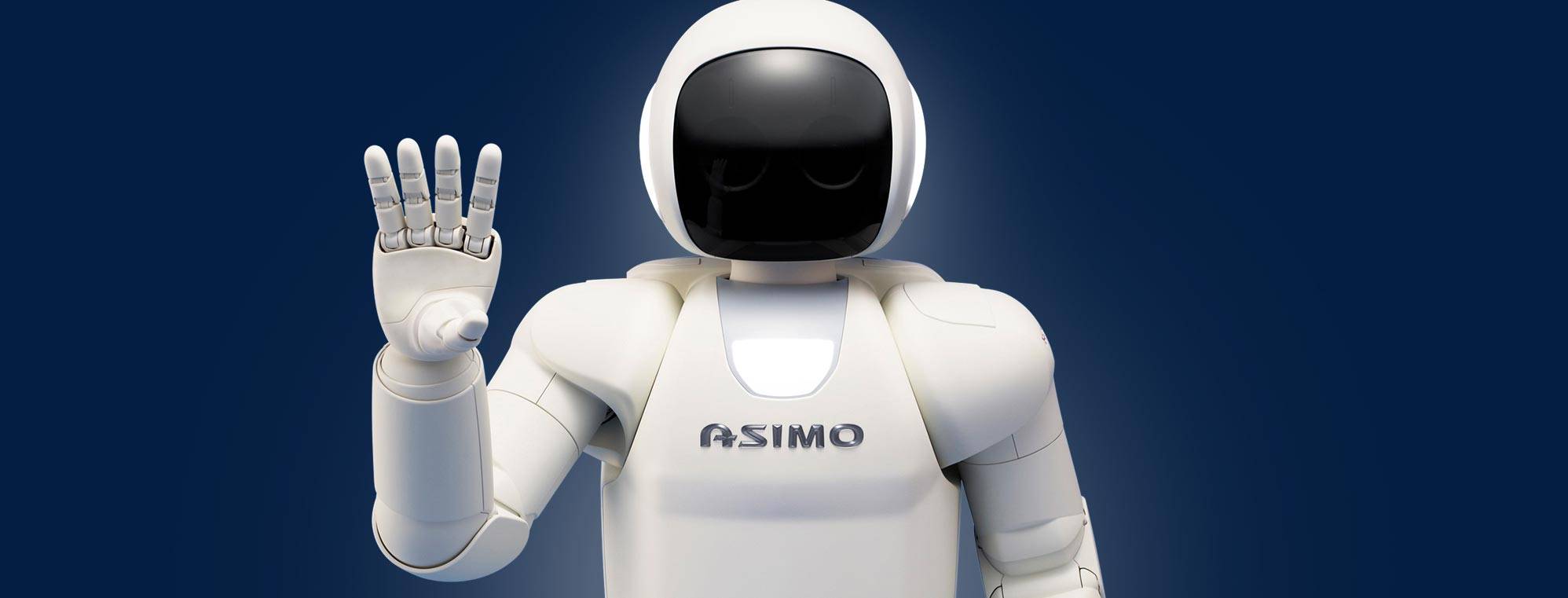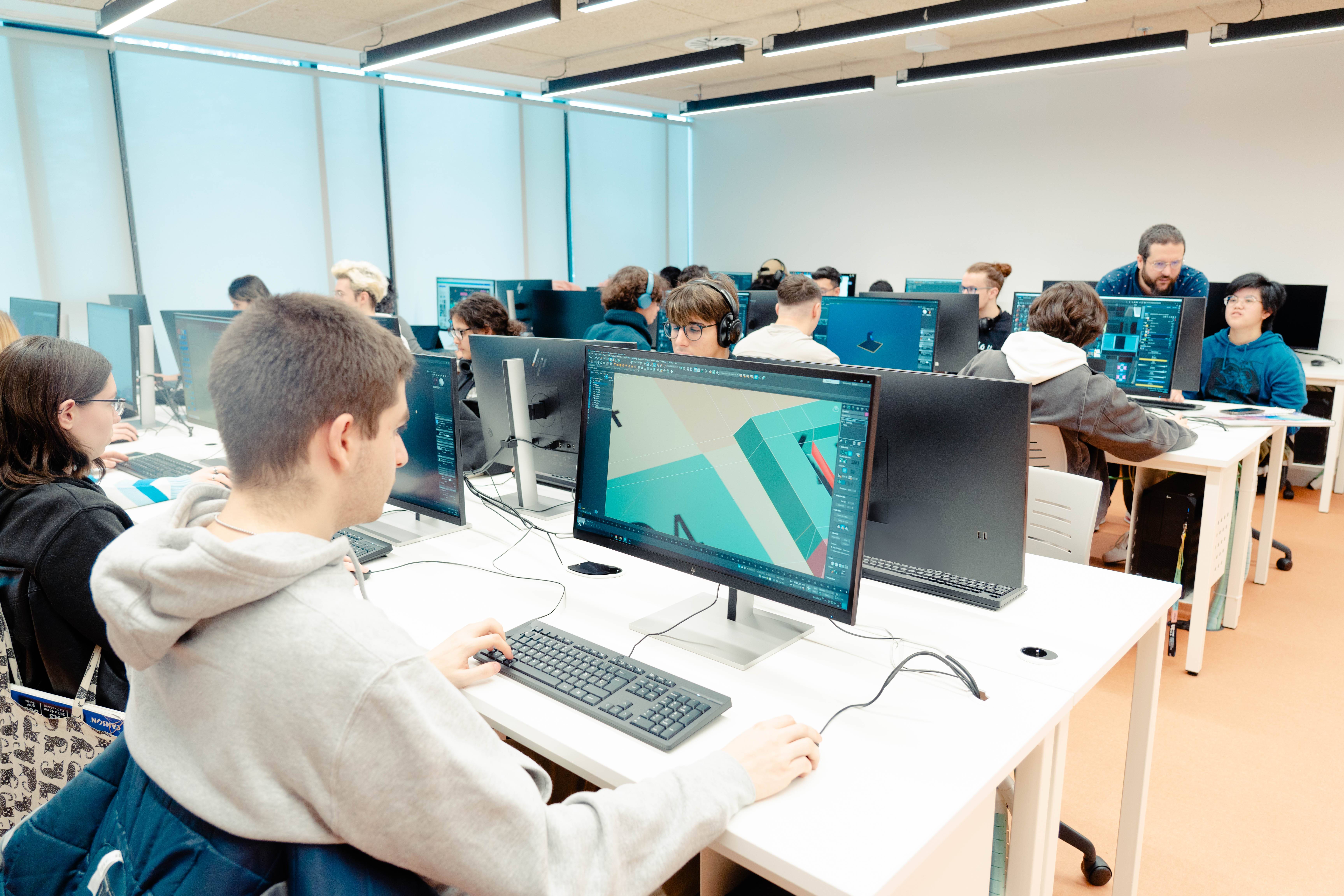Mathematics, an innovation tool for companies
In today's business world, innovation is key to maintaining competitiveness and ensuring growth. In this context, mathematics emerges as a powerful and essential tool. It is not just about numbers and abstract formulas; applied mathematics has the potential to transform processes, optimise operations and open up new business opportunities. At UDIT, we prepare you for your professional future with the Bachelor of Applied Mathematics in Software Engineering. This article explores how mathematics is revolutionising various industries and is becoming a driver of business innovation.
The Role of Mathematics in Decision Making
Data Analytics and Big Data
In the information age, companies generate and collect huge volumes of data. However, this data only has value if it can be analysed and used to make informed decisions. This is where mathematics, and in particular data analytics and Big Data, play a crucial role.
Statistical and data analysis techniques allow companies to extract meaningful patterns and trends from large data sets. For example, data mining and machine learning rely on mathematical algorithms to identify hidden relationships in data and make accurate predictions. This not only improves decision-making, but also helps customise products and services to better meet customer needs.
Optimisation and mathematical modelling
Another field where mathematics has a significant impact is in optimisation and mathematical modelling. These approaches are used to solve complex problems in various areas such as logistics, production and resource management.
For example, in supply chain management, mathematical models can optimise transport routes, minimise storage costs and improve overall efficiency. Linear and non-linear programming techniques allow optimal solutions to problems involving multiple variables and constraints to be found, ensuring that resources are used as effectively as possible.
Risk assessment
In industries such as banking and insurance, risk assessment is fundamental. Mathematics, through probability theory and statistics, enables companies to effectively assess and manage risk. Models such as Monte Carlo analysis (stochastic simulation) help to foresee possible scenarios and their impacts, allowing companies to prepare for future uncertainties.
Product and Service Innovation
Product Design and Development
Mathematics not only improves decision-making, but is also fundamental in the design and development of innovative products. Engineering and materials technology rely heavily on mathematical modelling to develop new products and improve existing ones.
For example, in the automotive industry, mathematical models are used to simulate and optimise vehicle design, improving aerodynamics, fuel efficiency and safety. In the pharmaceutical industry, mathematics helps to model the interaction of drugs with the human body, accelerating the development of new drugs and treatments.
Personalisation of Services
The ability to personalise services according to customer preferences and behaviours is a key competitive advantage in many industries. Recommendation algorithms, which are based on mathematical techniques such as linear algebra and graph theory, allow companies such as Amazon and Netflix to offer personalised recommendations to their users, improving customer satisfaction and loyalty.
Artificial intelligence and machine learning
Artificial intelligence (AI) and machine learning are fields deeply rooted in mathematics. These technological advances are transforming entire industries by automating processes, improving predictive accuracy and creating new business opportunities.
In healthcare, for example, AI algorithms can analyse medical images to detect diseases more accurately than human doctors. Or in the financial sector, for example, mathematics can develop predictive models for the stock market, helping companies make more informed investment decisions.
Mathematics in business strategy
Strategic planning
Strategic planning is another area where mathematics plays a crucial role. Mathematical models help companies evaluate different strategic scenarios and make data-driven decisions.
Sensitivity analysis, for example, allows companies to understand how variations in certain parameters can affect results. This is particularly useful in financial planning, where mathematical models can forecast the impact of different investment and financing strategies.
Human Resource Management
Human resource management also benefits from mathematics. Data analysis techniques are used to assess employee performance, identify training needs and optimise the allocation of human resources.
In addition, predictive models can help companies forecast staff turnover and develop strategies to retain talent. Time optimisation and workforce planning are areas where mathematics can generate significant operational efficiencies.
Marketing and Sales
In marketing and sales, mathematics enables companies to analyse consumer behaviour and develop more effective strategies. Cohort analysis, for example, allows customers to be segmented into groups based on similar behaviour, helping companies to personalise their marketing campaigns.
Attribution models, which are based on advanced statistical techniques, help companies understand which marketing channels are most effective in generating sales. This allows for a more efficient allocation of marketing budgets and more effective advertising campaigns.
Success stories of business innovation with mathematics
1. Amazon
Amazon is an iconic example of how mathematics can drive business innovation. From its personalised recommendation algorithms to its supply chain optimisation, Amazon uses advanced mathematical techniques in almost every aspect of its operation.
Demand forecasting models enable Amazon to manage inventories efficiently, reducing costs and improving product availability. Last-mile logistics are optimised through routing algorithms that minimise delivery time and transportation costs.
Netflix
Netflix uses advanced mathematical algorithms to personalise the viewing experience for its users. Netflix's recommendation systems analyse user behaviour and suggest content that users are likely to like, increasing customer retention and viewing time.
In addition, predictive models help Netflix decide what type of content to produce and acquire, based on user preferences and market trends. This allows Netflix to stay ahead in a highly competitive industry.
3. Google
Google is another example of a company that uses mathematics to innovate. Its search algorithms are based on complex mathematical techniques that allow users to find relevant information quickly.
Google also uses machine learning models to improve the accuracy of its advertisements, optimise its data centre infrastructure and develop new technologies such as autonomous vehicles and virtual assistants.
The future of mathematics in business innovation
- Advances in algorithms and mathematical modelling
The future of business innovation with mathematics looks even brighter with continued advances in algorithms and mathematical modelling. The evolution of machine learning techniques and artificial intelligence promises more efficient and accurate solutions to complex problems.
Advances in quantum computing, for example, could revolutionise data processing capabilities and enable the resolution of problems that are currently intractable with classical technology. This would open up new possibilities in areas such as cryptography, optimisation and simulation of physical and chemical processes.
- Interdisciplinarity and new applications
Interdisciplinarity will play a crucial role in the future of mathematical innovation in business. Collaboration between mathematicians, data scientists, engineers and domain experts will enable the development of more comprehensive and effective solutions.
New applications of mathematics will emerge in emerging fields such as biotechnology, renewable energy and space exploration. For example, mathematical models will be fundamental in the optimisation of agricultural crops through precision farming techniques, or in the efficient management of energy resources in smart grids.
- Education and training
To maximise the potential of mathematics in business innovation, it is essential to invest in the education and training of future generations. Companies should encourage the acquisition of mathematical and analytical skills among their employees, promoting a culture of continuous learning.
Collaboration with academic and research institutions will also be key to staying at the forefront of mathematical advances and their application in the business world. Specialised training programmes and the integration of mathematical knowledge into educational curricula are necessary steps to prepare tomorrow's professionals.
Mathematics, far from being an abstract and theoretical discipline, has become a fundamental tool for business innovation. From process optimisation and data-driven decision-making to the personalisation of products and services, mathematics is at the heart of business transformation in the digital age.
As technologies advance and business challenges become more complex, the ability to apply advanced mathematical techniques will be a key differentiator for companies looking to lead in their industries. Investment in education, training and interdisciplinary collaboration will ensure that mathematics continues to be a driving force for innovation and business success in the future.
Study applied mathematics at UDIT
Applied mathematics in computer engineering opens up a world of possibilities for those interested in combining a love of mathematics with a passion for technology. Careers in this field are not only diverse and exciting, but also crucial to the advancement of society and technology. As the world becomes increasingly dependent on complex computer systems, the demand for professionals trained in these disciplines will only continue to grow. Studying mathematics applied to computer engineering is not only an investment in a promising career, but also in the future of our technological society.
At UDIT we have the Degree in Mathematics Applied to Software Engineering, where you will be trained in mathematics from a practical perspective, away from the traditional abstraction and problem solving. Your profile will be unique, as you will be able to access the official certification exams recognised worldwide, such as the Azure AI Fundamentals certification that allows you to achieve the first level in the path generated by Microsoft for artificial intelligence engineers.
more information
What is the difference between mathematics and mathematics applied to software engineering?









